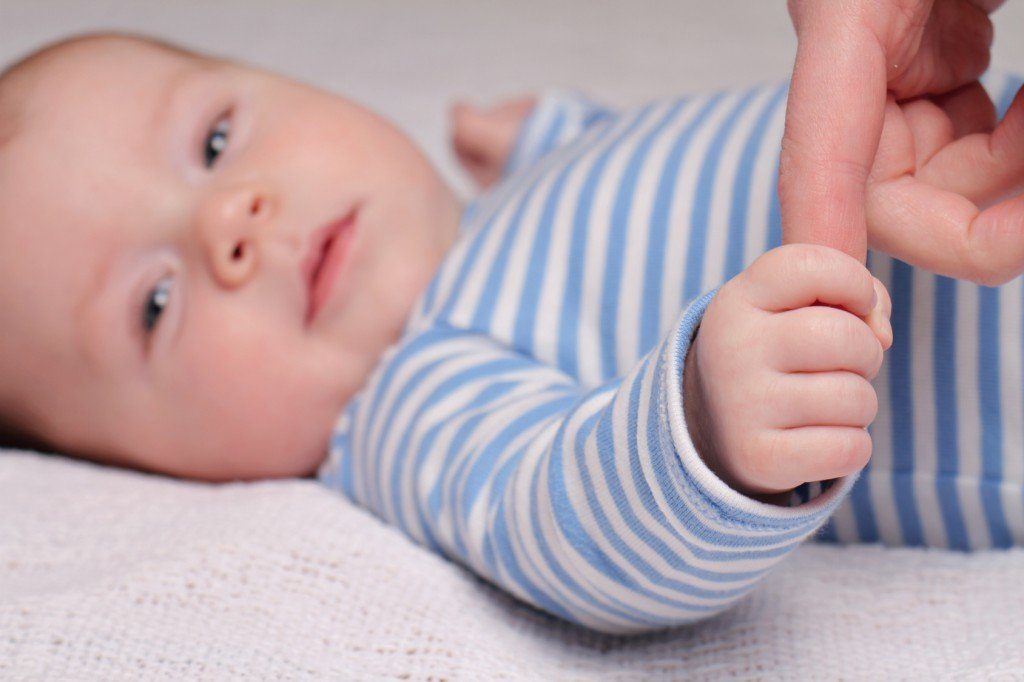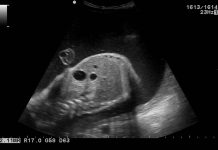There are many ways to understand whether your child is developing the right motor and nervous system functions as they grow up gradually during their infancy. An easy way to understand whether your child is growing up properly is to examine certain primary instantaneous and involuntary actions called reflexes. Reflexes originate in the central nervous system and are developed in the frontal lobe of the brain in a child. A few common reflexes in a child are sucking reflex, rooting reflex and parachute reflex.
In This Article:
- What is a Parachute Reflex?
- Why Do Infants have a Parachute Reflex?
- How to Determine Parachute Reflex in Infants?
- How Long Do Babies have the Parachute Reflex?
- What if there is an Absence of Multiple Reflexes in a Baby?
A Guide to Parachute Reflex in Babies
What is a Parachute Reflex?
The parachute reflex in newborn babies is a reflex response that the children are seen to develop around the age of 5 months. When you hold your baby in straight position under your armpits and turn them over on their belly quickly, they will extend their arms to break the fall. Even when you lower your baby on the ground you will see them extending their arms and palms and fingers and straightening their legs. This is known as a parachute reflex.
The BMC Pediatric Journal published a scientific study that links development of the forward parachute reflex to increased chances of the child learning to walk early. It is also a key reflex in understanding whether the child is developing all their mental and physical capacities as any healthy child should.
Why Do Infants have a Parachute Reflex?
The parachute reflex is a reflex action which is controlled by the central nervous system in an infant. It is a primitive reflex which is developed when the baby is growing in the mother’s womb. The forward parachute reflex further develops when it interacts with external stimulus. Many kinds of external stimuli, especially physical interactions of their body with the surrounding that they are in, help in developing the reflex. These stimuli, however, gradually reduce in parameter and intensity as the infant grows older and develops brain functions.
How to Determine Parachute Reflex in Infants?
The best way to find out whether your baby has developed parachute reflex is to visit the pediatrician and get an appointment with him. Since they are specially trained to handle babies they will be the best person to consult.
You can also check for the following ways of reacting:
Try to gently and slowly put down your child on the ground where their body and their feet are coming to a resting position. If you see their arms extend forwards as an immediate reaction and their legs are rotating a little in the outward direction. If this happens, then your baby does have parachute reflex. You can see this reflex developing when the baby is around 5 months (20 weeks) old.
The frontal parachute reflex develops a little later in babies. Frontal parachute reflex can be observed if you push your child from the back so that they shakily move in the forward direction. Along with this, they will spread their arms to protect their body from any hurt or harm. This reflex is usually observed from 7 months to 8 months of age in infants during their development of life.
Again, when you push your child behind you should observe that their shoulders should tilt back slightly. They should also extend their writs and palms and arms forward. This kind of an action is known as a protective parachute reflex action.
You should take note of how your child is developing these reflexes. Developing the proper reflexes at the right time indicates normal mental and physical growth of the child. The Forward Parachute Reflex, medically abbreviated as FPR, is an important milestone in any child’s development of their motor system.
How Long Do Babies have the Parachute Reflex?
Infants start to nurture parachute reflexes around the age of 6 to 8 months. Parachute reflex is essentially a survival technique to prevent your body from harm and hence stay even during adulthood throughout the entire lifetime.
What if there is an Absence of Multiple Reflexes in a Baby?
When you notice the lack of development of any reflexes in your child it might be a sign that the baby is suffering from some complication in the nervous system, most likely caused by an injury, or due to a lack or some weakness in their motor skills. You can be aware of the absence of multiple reflexes by observing the following:
- The absence of physical coordination leading to reduced muscle tone. This can be observed when your baby crashes into many objects and topples over sideways, often.
- Struggling while paying attention or focusing on something for long amounts of time. This usually begins by something small like not being able to concentrate and play one game or watch TV for long. As the child grows up, this develops into a learning disorder by the time the child is in school.
- Inability or difficulty in sitting up. When you see your baby lying down for most of the day and never wanting to get up, it might be a sign of a deeper issue.
- When your child is having difficulty in being potty trained for a long time.
- When your baby has a lot of difficulty in accomplishing simple tasks which require hand eye coordination, like eating or catching or kicking a ball. This shows reduced development of motor skills.
- When your child is mostly afraid or too dependent on you, even for little things.
If you observe these actions in your baby consistently over a long period of time, it is best to take him to a pediatrician. The pediatrician can start various physical therapies which specifically target the speedy and healthy development of the motor skills which increase the chances of multiple reflexes in your child’s body. Another good way to develop these reflexes at home is by making small games and enjoyable activities like trying to balance one thing over another, trying to grasp small objects, which will help the development of the parachute reflex.
Sources:
- https://www.ncbi.nlm.nih.gov/pmc/articles/PMC2653025/
- https://www.sciencedirect.com/science/article/pii/S0891422216301548













